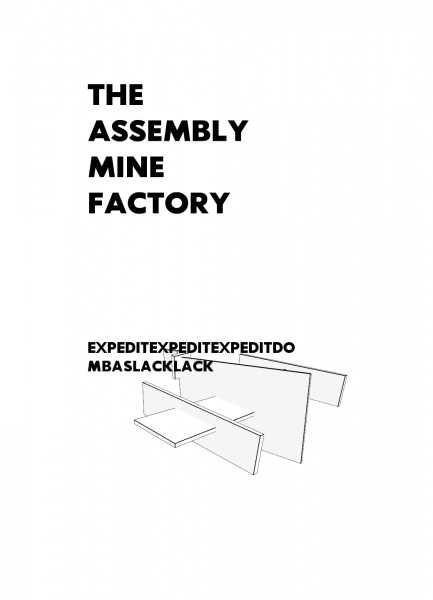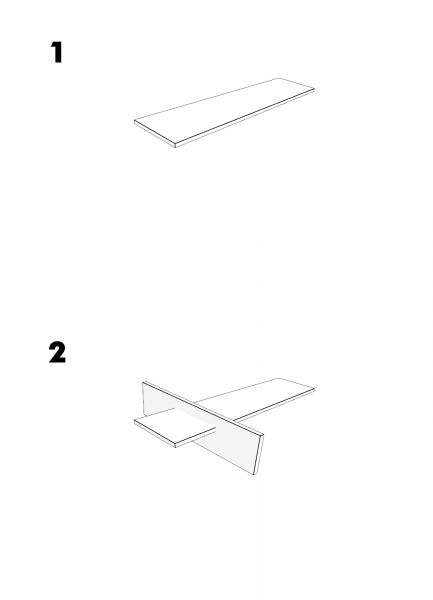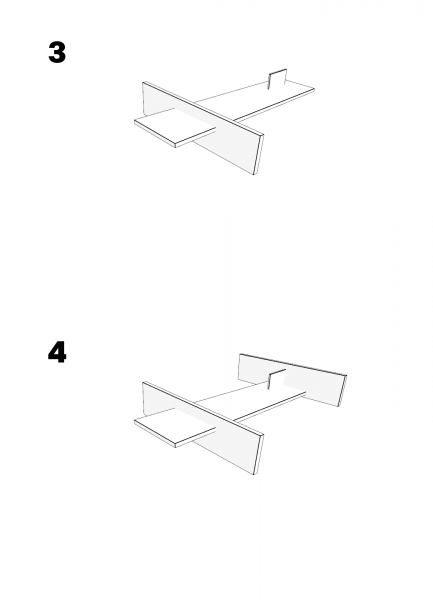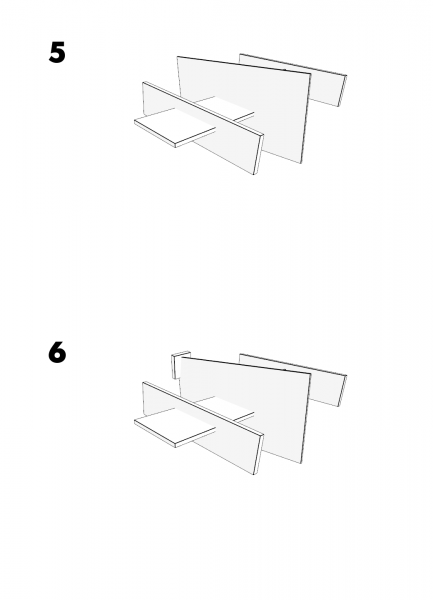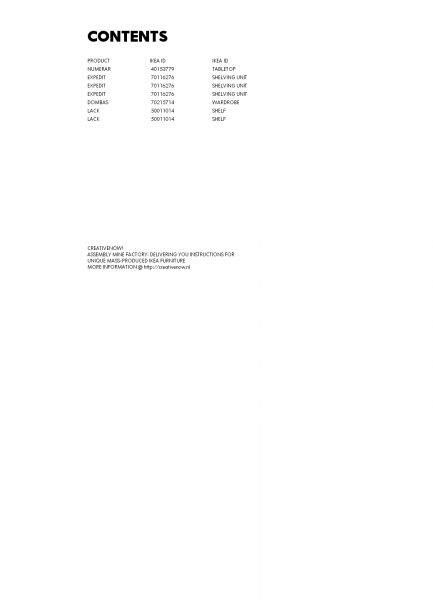Project Page Trimester 3: Difference between revisions
Dave Young (talk | contribs) (→Photos) |
Dave Young (talk | contribs) (→Photos) |
||
| Line 19: | Line 19: | ||
== Media == | == Media == | ||
=== Photos === | === Photos === | ||
[[File:reassembly-1.png | | [[File:reassembly-1.png | x600px]] <br> | ||
[[File:reassembly-2.png | | [[File:reassembly-2.png | x600px]] <br> | ||
[[File:reassembly-3.png | | [[File:reassembly-3.png | x600px]] <br> | ||
[[File:reassembly-4.png | | [[File:reassembly-4.png | x600px]] <br> | ||
[[File:reassembly-5.png | | [[File:reassembly-5.png | x600px]] | ||
=== Video === | === Video === | ||
Revision as of 12:53, 19 July 2012
Trimester 3, Year 1.
Description
Re-Assembly Line is a custom-built piece of software that allows for the repurposing/reassembling of the ready-(un)made flatpack products in IKEA's catalogue. Within a 3d sandbox, users are invited to select individual pieces from diverse IKEA kits, juxtaposing them in new ways in order to construct unique sculptural pieces of furniture. The user is then given the opportunity to generate an instruction manual that will tell them how to build their construction, and give them the prices and catalogue numbers of the kits they would have to purchase in order to construct their own designs.
The work came out of research into the infamous Kitchen Debate in 1959 between Richard Nixon and Nikita Krushchev, in which they argued over the superiority of the domestic artefacts produced from their respective socio-political systems. The affordability and modularity of flatpack furniture created an impression of upward-mobility for the post-war working classes, promising a wonderful future in return for a patriotic belief in their nation's ideology of choice.
Today, it is yet another example of Cold War propaganda that has been assimilated into the everyday. In Re-Assembly Line, users are encouraged to disrupt the intention of the flatpack system, creating instruction manuals for (dys)functional, (im)possible and expensive pieces of unqiue furniture, a potent symbol of the post-capitalist system of mass-produced individuality: the price to pay for a unique piece of furniture created out of many disparate elements is high.
A second point of particular interest is looking at the flatpack as a metaphor for the redivisions of labour in the information age. The product's allure lies in the transportational convenience of its unmade state: the consumer must perform an act of labour (construction) in order to render the product made and therefore functional. In the case of Re-Assembly Line, the user must firstly work as a 'designer'. While they can take their designs with them by printing out a copy, the design remains owned by the Re-Assembly Line.
Within the exhibition space, the installation is presented as a screen and mouse display alongside a laserjet printer. A gallery of all the manuals generated by users of the software will be available online to share and download. Alongside the 'digital' element of the work, there is also the possibility of positioning some physical examples of furniture designs made with the software around the installation.
During the work's presentation at CreativeNow! in WORM, users of the software became “designers”, offering their labour for free as it was presented not under the guise of “work” but as “play”. Over the course of the day, over 30 pieces of furniture were designed and stored in the Re-Assembly Line.
The work presented was a 'prototype', and still in development. I am working to bring the issues surrounding labour and ownership over the produced designs to the foreground, so that the work becomes more critically engaged with its subject matter. Through observation and discussion with users of the software, I also gained a lot of important suggestions for how to improve the UI which I will take into account when developing the next version.

